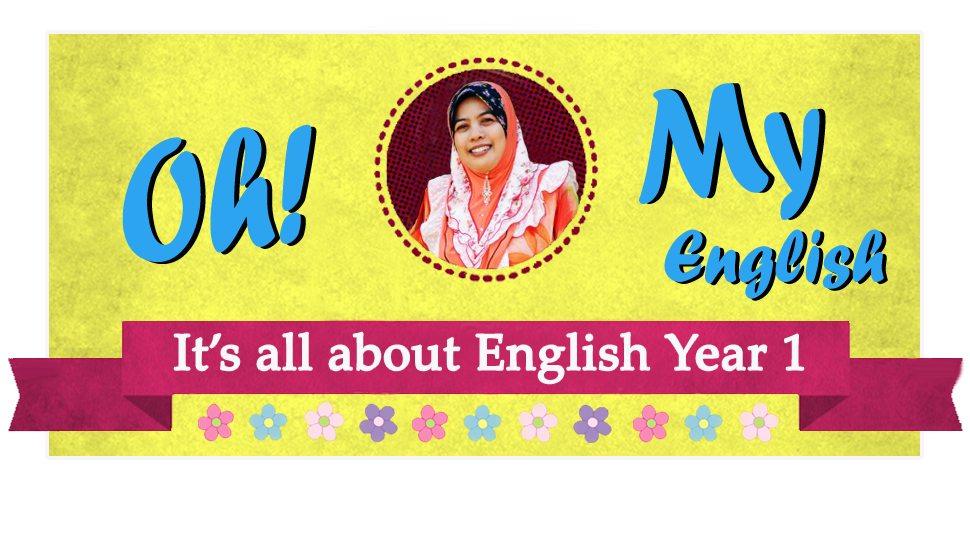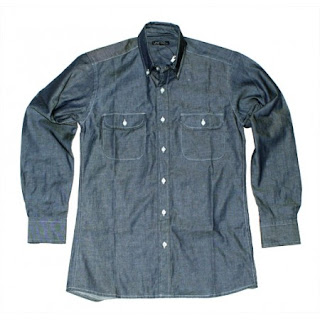When children leave kindergarten, they should have a strong foundation
in basic kindergarten skills and geometry. Geometry sounds like a fancy term
for such a young age, but one of the basic geometry skills is knowing and
understanding different shapes. Recognizing shapes is the first step and students
will need to know how to do this. In addition to being able to point them out on a
worksheet or in a book, students should understand that shapes are all around us.
Children should be able to identify circles, triangles, squares, and rectangles..
You can help your children by giving them opportunities to practice by doing shapes
games meant for kindergarten students. You can also help your children build their
knowledge of shapes by helping them to notice shapes in the world around them.
Point out that the cereal box is a rectangle and ask if they see any other shapes
in the kitchen. Take a good look at road signs when you’re in the car and
ask your children to tell you what shapes they see.
Introducing shapes around us.. Yayy!!!
1. Triangle
Some example of triangle things that common to the kids.
2. Circle
Some example of circle things that common to the kids.
3. Rectangle
Some example of rectangle things that common to the kids.
4. Square
Some example of square things that common to the kids.
Let's do some fun activities.
1. Count the shapes
2. Count the shapes
3. Name the shapes
That's all for this entry.
See ya in next post..=)
till then,




















































